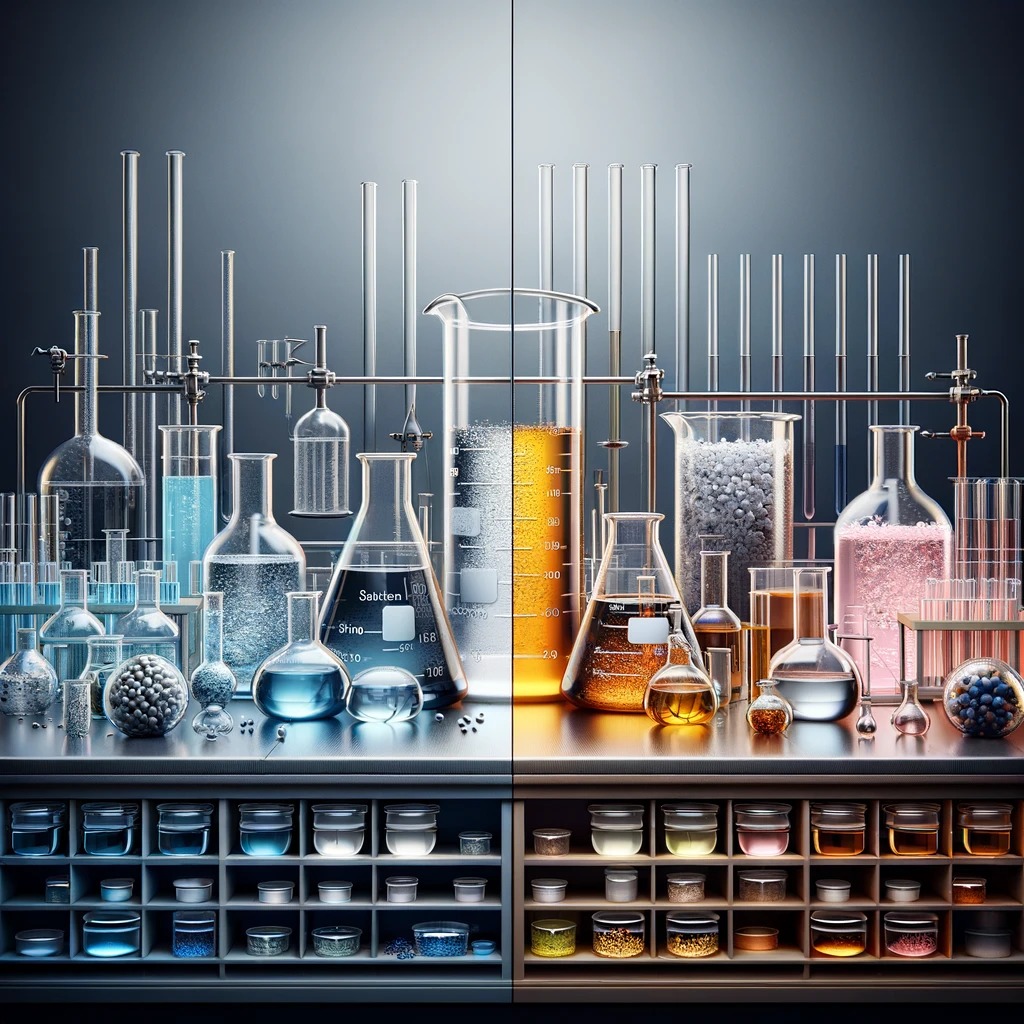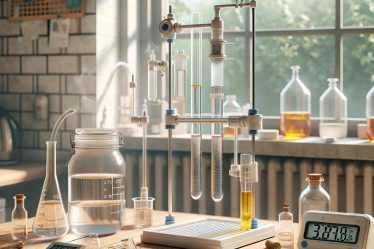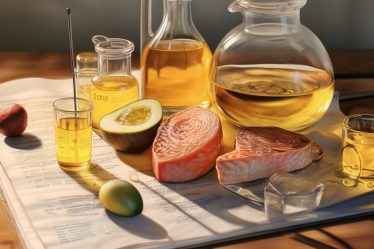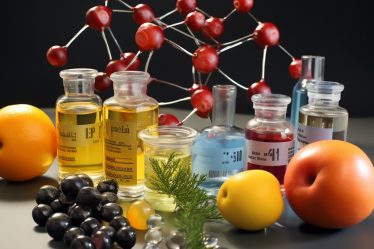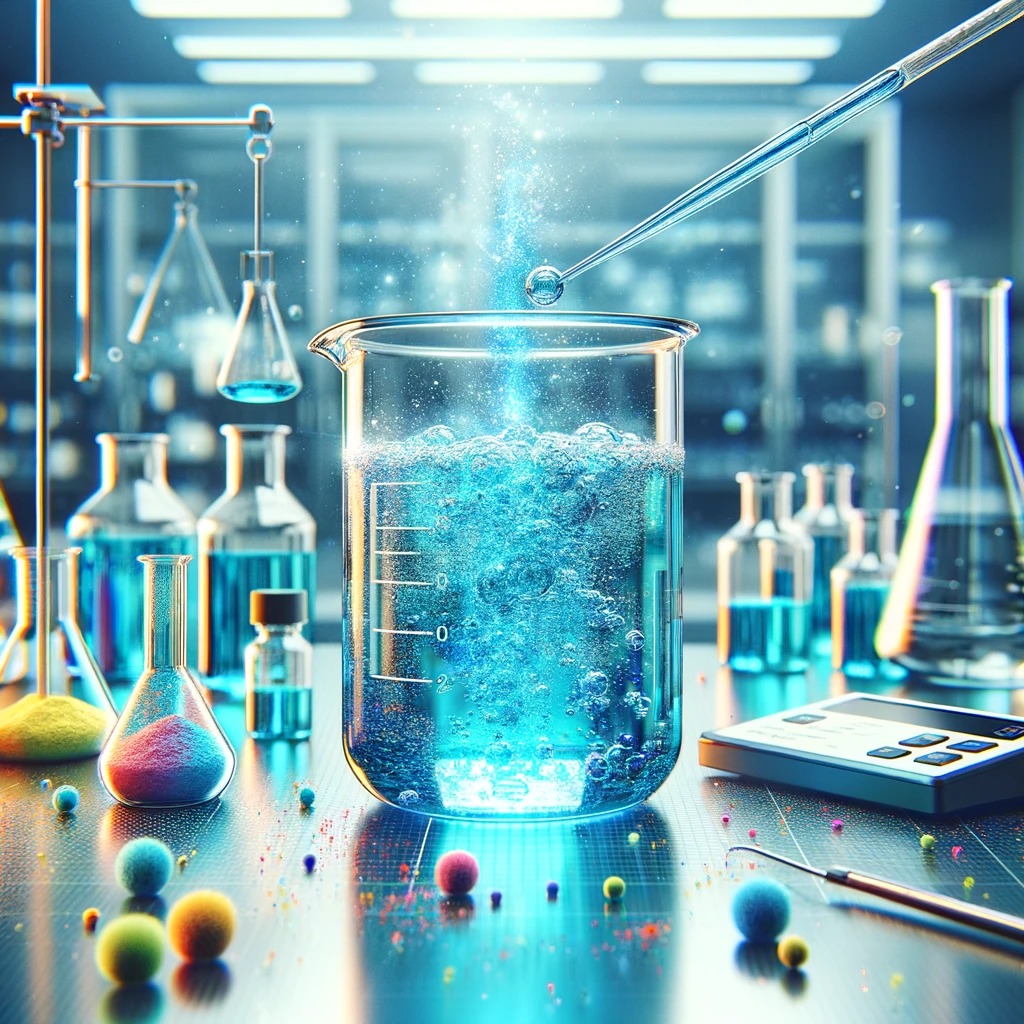
Hello, and welcome to a practical look at chemistry’s solutions and mixtures. You might not realize it, but these two concepts are part of your daily routine. When you stir sugar into your coffee, you’re making a solution. When you toss a salad, you’re creating a mixture. Here, we’ll talk about what solutions and mixtures are, how you can tell them apart, and why they matter.
We’ll keep things clear and simple, just like a well-made solution. Whether you’re a student starting your journey into chemistry or just looking to understand the science behind your kitchen experiments, this post is for you. And if you ever need extra help, remember that a tutor can offer personalized lessons to clarify these ideas. Let’s get started by mixing up some knowledge on solutions and mixtures.
Here’s a Glimpse of What You’ll Learn:
- Basic principles of solutions in chemistry.
- Distinct characteristics of solubility and concentration.
- Everyday examples of solutions and their significance.
- Homogeneous and heterogeneous mixtures explained.
- The critical role of water as a universal solvent.
- How to find a reputable tutor.
Discover how Hydrogen Bonds and Covalent Bonds are formed, and learn to Differentiate Them from Ionic Bonds.
Understanding Solutions in Chemistry: A Beginner’s Guide
What is a Solution?
A solution is a mix where one substance is completely dissolved in another. The result is a single-phase, homogeneous mixture with the same composition throughout. Think of it as a team where every player blends so well that you can’t tell them apart. In a solution, the substance that dissolves, like sugar in tea, is called the solute, and the substance that dissolves, like the tea itself, is called the solvent.
Key Characteristics of Solutions
Solutions have distinct features that make them unique. Solubility is a term that describes how well a solute can dissolve in a solvent. It’s like how much sugar you can stir into your tea before it can’t dissolve anymore. Conversely, concentration tells you how much solute is in the solution compared to the solvent. Adding a lot of sugar to your tea is a high-concentration solution; adding just a pinch is low-concentration. The solvent and solute work together in a solution: the solvent carries the solute, spreading it evenly throughout.
Everyday Examples of Solutions
You encounter solutions all the time without even knowing it. Saltwater is a classic example. When salt (solute) is mixed with water (solvent), it forms a uniform solution you can’t separate with your eyes. Carbonated beverages are another typical example, where carbon dioxide gas is dissolved in water under pressure.
Solutions in Chemical Reactions
Solutions are crucial in chemistry because they allow substances to come into close contact and react. Solutes are spread out evenly in a solution, which means they can bump into each other and react more easily. This is why sugar dissolves and reacts faster in hot than cold tea. The heat helps sugar molecules move around more and interact with the tea molecules.
Exploring Mixtures: A Simple Breakdown for Students
What Exactly is a Mixture?
A mixture is when you combine two or more things, and they don’t thoroughly combine into a new substance. For example, if you toss sand into the water, you get a mixture because you can still separate the sand from the water later. In mixtures, each part keeps its characteristics.
Homogeneous vs. Heterogeneous: The Two Types of Mixtures
Mixtures come in two main types: homogeneous and heterogeneous. Homogeneous mixtures are uniform throughout. That means if you take a spoonful from any part of the mixture, it will be the same as any other spoonful, like when salt is dissolved in water. Heterogeneous mixtures are not uniform, and you can see the different parts, like a bowl of mixed nuts.
Everyday Mixtures You Encounter
We find mixtures in many places in our daily lives. The air we breathe is a mixture of gases, and the beverages we drink are often mixtures of water with other substances dissolved in them. Recognizing these standard mixtures helps us understand how varied the concept of a mixture can be.
Simple Techniques for Separating Mixtures
Separating mixtures can be straightforward. For instance, if you want to separate sand from water, you can use a filter. If you need to separate alcohol from a mixture, you might heat it until the alcohol evaporates—a process called distillation. These techniques are practical examples of how mixtures can be separated into their individual components.
The Role of Water in Chemistry: Why It’s the Universal Solvent
Understanding Aqueous Solutions
An aqueous solution is a special kind of mixture where water is the solvent. This is the most common type of solution you’ll come across because water is excellent at dissolving many different things. For example, when you stir sugar into water to make lemonade, you make an aqueous solution. These solutions are everywhere: in the oceans, your drinks, and your body.
The Solvent Power of Water
Water is often called the “universal solvent” because it can dissolve many substances. This is because of its molecular structure, which has one side that’s positively charged and one side that’s negatively charged. This allows water molecules to surround and pull apart other molecules, like salt or sugar, until they’re completely dissolved.
Everyday Aqueous Solutions
You encounter aqueous solutions all the time. Your blood, for instance, is mostly water with many other substances dissolved in it. Rainwater, too, picks up particles and gases from the air, making it another everyday example of an aqueous solution.
The basics of Polymers and PET plastic.
Solution Concentration: From Saturated to Supersaturated
Saturated, Unsaturated, and Supersaturated Solutions
In the world of solutions, concentration talks about how much solute is dissolved in a solvent. A saturated solution is like a packed elevator that can’t fit more people; it has as much solute as it can hold at a given temperature. If you add more solute, it won’t dissolve. An unsaturated solution is like an elevator with room for more people; it can dissolve more solute. A supersaturated solution is an overstuffed elevator; it has more solute than it should be able to hold, which can happen under certain conditions. This is like when you dissolve sugar in hot water; as it cools, it can hold onto more sugar than when it’s hot.
Measuring Solution Concentration: A Guide
Scientists use terms like molarity and percent composition to talk about how strong or weak a solution is. Molarity is a way to tell you how many moles of solute you have in a liter of solution. It’s like telling you how many people you have per square meter in a room. Percent composition is more straightforward; it’s just the percentage of the solution that is the solute. If you have a 10% salt solution, 10% of the solution’s weight comes from salt.
Applications of Concentration in Various Fields
Knowing about concentration is super useful. In medicine, doctors need to know the concentration of a drug in a solution to give the correct dose. In environmental science, scientists measure the concentration of pollutants in water to check if it’s safe. And in cooking, the concentration of ingredients can make the difference between a tasty dish and a bland one.
Introduction to the Periodic Table and Functional Groups in Organic Chemistry.
Solutions and Mixtures: Their Impact in Everyday Life
Solutions and mixtures are not just chemistry terms but part of our everyday life. Here’s how:
- Medicine: Solutions are used to deliver medication in precise doses. For example, insulin for diabetes patients is administered in a solution.
- Food Industry: Mixtures and solutions, like mixing spices or creating emulsions like mayonnaise, are essential in cooking and food processing.
- Environmental Science: Treating polluted water often involves separating harmful mixtures and creating solutions that neutralize contaminants.
- Industrial Applications: Many manufacturing processes require solutions for plating or cleaning parts.
- Agriculture: Fertilizers are often applied as solutions or mixtures to ensure even distribution over crops.
Understanding these applications helps us appreciate the importance of studying solutions and mixtures in the lab and the real world. Whether you’re a student needing a tutor or a professional in a lab, these concepts are fundamental to many processes.
Explore Halogenides, Sulfides, and Hydroxides.
Chemistry Study Tips: Enhancing Understanding of Solutions and Mixtures
Mastering the concepts of solutions and mixtures can be straightforward with the right approach:
Effective Study Strategies for Chemistry
- Break It Down: Tackle one concept at a time to avoid confusion between solutions and mixtures.
- Practice Problems: Apply what you’ve learned in practice exercises, which can solidify your understanding.
- Visual Aids: Use diagrams to visualize the process of a solute dissolving in a solvent.
- Regular Review: Revisit your notes regularly to keep key terms and concepts fresh in your mind.
Further Learning and Tutoring Services
If you’re looking for more depth, consider:
- Online Resources: Websites like Khan Academy offer free lessons on chemistry topics.
- Tutoring: A private tutor can provide personalized lessons tailored to your learning style and pace.
- Study Groups: Collaborate with peers to discuss and explore different aspects of solutions and mixtures.
With these resources and strategies, you can build a strong foundation in chemistry and approach your studies with confidence.
Are you interested in other subjects? Read top free study guides for Biology, English, French, and Music.
Where to Find a Reputable Tutor?
Don’t worry, you’re not the only one struggling with solutions and mixtures. It’s a complicated area requiring much understanding and theoretical knowledge. A private chemistry tutor can assist you. You can also turn to a private teacher who offers individual lessons in chemistry or biochemistry.
Are you looking for a chemistry tutor? Enter “chemistry tutor Glasgow” or “chemistry teacher Sheffield” on your preferred tutoring platform, such as meet’n’learn, to find a teacher who can meet your specific needs.
If you thrive in group learning environments, search “chemistry classes London” or “chemistry lessons Manchester” online to discover local schools offering chemistry lessons.
Key Takeaways on Solutions and Mixtures in Chemistry
Understanding solutions and mixtures is more than just a chapter in a chemistry book; it’s a fundamental skill that can be applied in everyday life, from cooking to understanding environmental issues. By grasping these concepts, you empower yourself to make informed decisions and observations about the world around you. Remember, chemistry is not just about memorizing facts; it’s about connecting those facts to form a comprehensive view of how substances interact in our universe.
For students who wish to delve deeper or find specific topics challenging, remember that help is at hand. Tutoring services offer a personalized approach to learning, providing you with the support and resources needed to master these concepts. Whether through one-on-one sessions or group classes, a tutor can help clarify doubts, provide additional practice, and guide you through complex topics. Embrace the learning journey with the tools and support available to you, and watch as the world of chemistry becomes less of a mystery and more of a fascinating landscape to explore.
Explore Acids, Bases, pH, and master Acid-Base Titration.
FAQ Section: Solutions and Mixtures in Chemistry
1. What exactly is a solution in chemistry?
A solution in chemistry is a homogeneous mixture where one substance (the solute) is wholly dissolved in another (the solvent). A typical example is table salt (sodium chloride) dissolved in water.
2. How do mixtures differ from solutions?
Mixtures consist of two or more substances combined physically but not chemically, meaning each substance retains its properties. In solutions, the solute’s particles are uniformly distributed within the solvent, while in mixtures, the components can be unevenly distributed and can often be separated physically.
3. Can you give an example of a mixture we encounter daily?
Air is a perfect example of a mixture we encounter daily. It’s a mixture of various gases like nitrogen, oxygen, carbon dioxide, and argon.
4. What are some standard methods for separating mixtures?
Simple techniques for separating mixtures include filtration (for separating solids from liquids), distillation (for separating substances based on boiling points), and magnetic separation (for separating magnetic materials from non-magnetic ones).
5. Why is water called the ‘universal solvent’?
Water is the ‘universal solvent’ because it dissolves more substances than any other liquid. This is due to its polar nature, which allows it to interact with various solutes, breaking them down into their components.
Need help with biology topics? Explore our extensive collection of biology educational blog posts designed to simplify complex concepts for you. Whether it’s photosynthesis, osmosis, the intricacies of green algae, understanding bacteria and viruses, or delving into the fascinating world of genetics and cells, our resources have got you covered. Expand your knowledge and enhance your learning journey with us today.
References:
1. ThoughtCO
2. Britannica
3. Wikipedia
